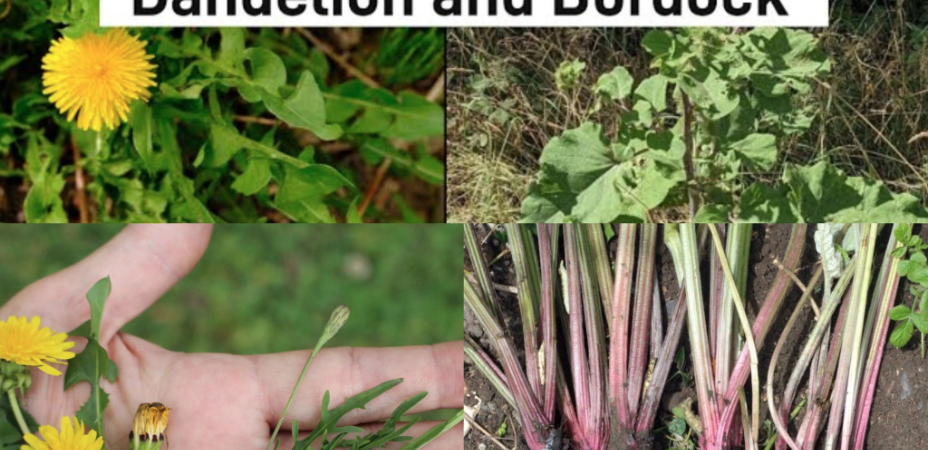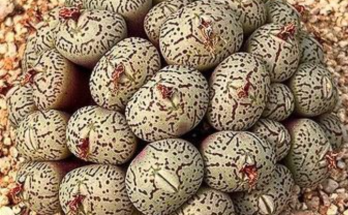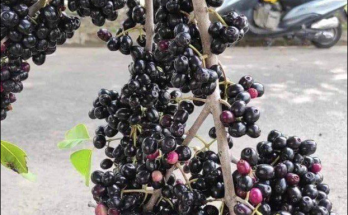Dandelion and burdock are two plants that have been used for centuries in traditional medicine, celebrated for their array of health benefits and culinary versatility. These wild plants are not only nutritious but also offer unique flavors that can enhance a variety of dishes. Here’s an overview of the benefits and uses of dandelion and burdock.
Health Benefits
1. Dandelion:
- Nutrient-Rich: Dandelions are high in vitamins A, C, and K, and contain significant amounts of iron, calcium, magnesium, and potassium.
- Digestive Aid: The root of the dandelion is often used as a digestive aid and for liver detoxification. It helps stimulate appetite and soothe digestive ailments.
- Anti-Inflammatory Properties: Dandelion contains anti-inflammatory compounds that can help reduce inflammation throughout the body.
- Blood Sugar Management: Dandelion shows potential in helping to regulate blood sugar levels, although more research is needed in this area.
2. Burdock:
- Blood Purifier: In traditional medicine, burdock root is often used as a “blood purifier” to clear the bloodstream of toxins.
- Lymphatic System Support: It supports the lymphatic system and aids in detoxification.
- Skin Health: Burdock root has been used for centuries to treat skin conditions like acne and eczema due to its antibacterial and anti-inflammatory properties.
- High in Antioxidants: Burdock is rich in antioxidants, which help combat oxidative stress and may reduce the risk of chronic diseases.
Culinary Uses
Dandelion:
- Leaves: The leaves are great in salads, especially when young and tender. They can also be cooked similarly to spinach.
- Flowers: Dandelion flowers can be used to make dandelion wine, jellies, or even battered and fried.
- Roots: The roots can be roasted and ground to make a caffeine-free coffee substitute.
Burdock:
- Roots: Burdock root can be eaten raw, stewed, or sautéed—it has a sweet, mild flavor similar to that of artichokes. It’s commonly used in Asian dishes, particularly in Japanese cuisine, known as “gobo.”
- Leaves: While tougher than the roots, burdock leaves can also be eaten, particularly when they are young and tender.
Preparing Dandelion and Burdock
Dandelion:
- Harvesting: Choose young leaves for a less bitter flavor and pick flowers that are fully open.
- Cleaning: Wash thoroughly to remove dirt and insects.
Burdock:
- Harvesting: The roots should be harvested from plants that are less than a year old as older roots can be too tough.
- Cleaning: Scrub the roots well to remove all the dirt. Peel them if the outer layer is too rough.
Recipes
Simple Dandelion Salad:
- Toss young dandelion leaves with olive oil, lemon juice, salt, pepper, and a sprinkle of parmesan cheese.
Braised Burdock:
- Slice burdock root into thin strips.
- Sauté with carrots and onions in sesame oil, add a splash of soy sauce, and simmer until tender.
Conclusion
Dandelion and burdock are more than just common weeds; they are edible plants rich in nutrients and health benefits. Incorporating these plants into your diet can be a delicious way to boost your nutritional intake and explore new flavors in your cooking. Whether enjoyed in a fresh salad or as part of a hearty stew, dandelion and burdock are worth trying for their taste and health properties.



